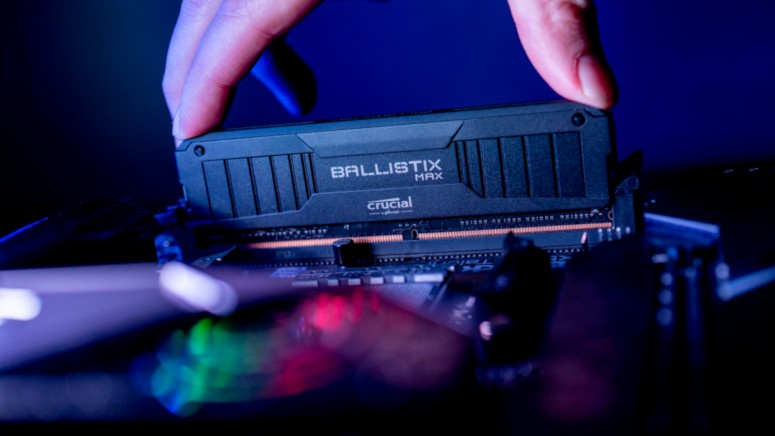
The ASUS ROG Team Overclocked DD4 RAM to 6,666 MHz
- ASUS ROG broke a new record for DDR4 speed, reaching 6,666 MHz, 2.5 times the module’s nominal.
- This is impressive, considering it sits at the higher range of what the next-gen DDR5 is expected to achieve.
The ASUS ROG (Republic of Gamers) team has managed to set a new world record for DDR4 RAM speed, reaching the “devilish” figure of 6,666.6 MHz! The hardware they used for this feat was a stick of Crucial Ballistix Max paired with the AMD Ryzen 7 4700GE. As for the motherboard, that was an ASUS ROG Strix B550-I Gaming, featuring the B550 chipset.
Honestly, this is a very impressive record for the DDR4 technology, which typically maxes out at 3200 MHz. Anything beyond that is overclocking, and one can only go so much with exceeding the manufacturer limits.
Another world record!
The #ROG OC team just achieved an astonishing result of DDR4-6666Hardware used: ROG Strix B550-I Gaming@CrucialMemory Ballistix MAX @AMDgaming Ryzen 7 4700GE pic.twitter.com/4cJNZGYcQ8
— ROG Global (@ASUS_ROG) August 18, 2020
Of course, every piece of the hardware used for this record was specifically designed for overclocking, so they are all meant to be pushed to new boundaries. Still, reaching the 2.5 times the nominal speed of the Crucial Ballistix Max (2,666 MHz) deserves applause.
Also, it shows the amazing difference that mature technology products can make. DDR4 was released back in 2014, starting with speeds at the range of 1,600-1,866 MHz. This is always the case with new standards, as hardware manufacturers need time to take full advantage of what they have to offer.
For example, the DDR5, which is set to arrive in actual products late next year or early 2022, will start at speeds of 3,200 MHz and will gradually reach up to 8,400 MHz. Considering the overclocking potential that will be created after a few years, DDR5 modules will surely go well beyond 10,000 MHz. But all of that will have to wait, of course, as we’re still living the DDR4 era.
Source: hwbot.org
So, does this mean that if you buy the above hardware parts, you will be able to clock your FSB to 6,666 MHz? The short answer is “no.” Even if you could do that, the system you’d end up with wouldn’t be very useful for gaming or work.
You see, pushing things to their limits requires more power and more power results in the generation of heat. This, in turn, creates the requirement for very effective cooling solutions, and when we’re talking about this overclocking level, we’re talking about liquid nitrogen stuff. Even then, the result would be a computer that makes too many computational errors, is generally unreliable, and has a severely reduced lifespan.









